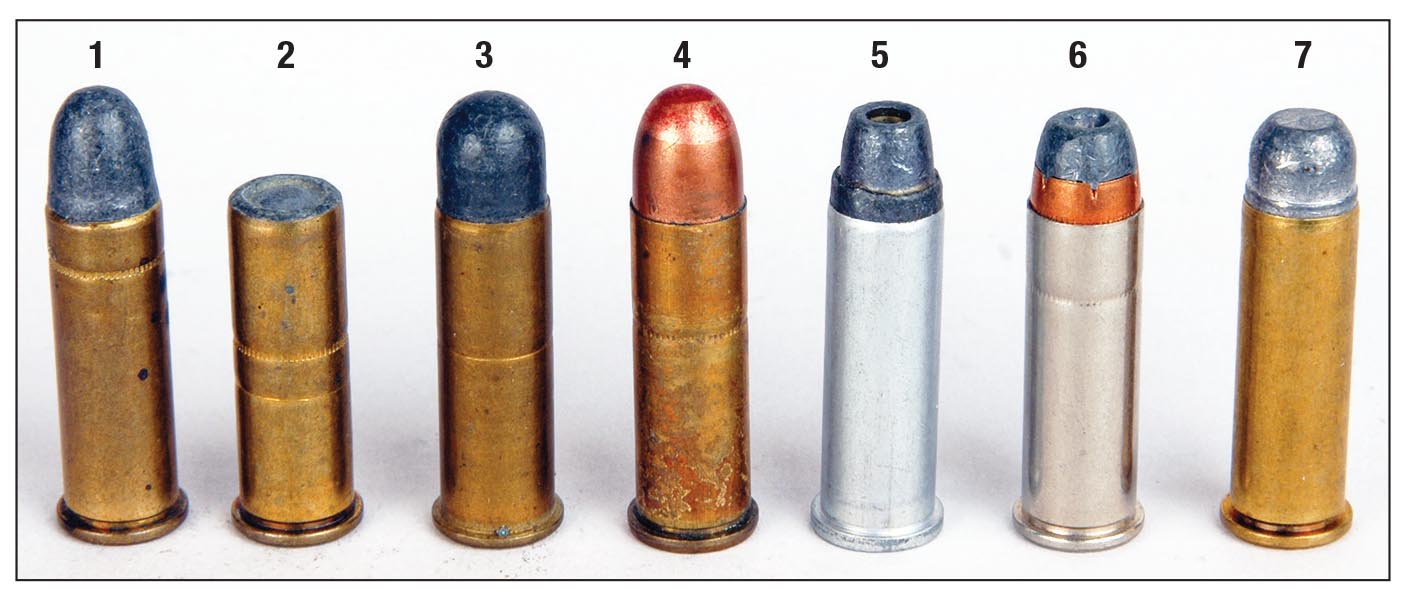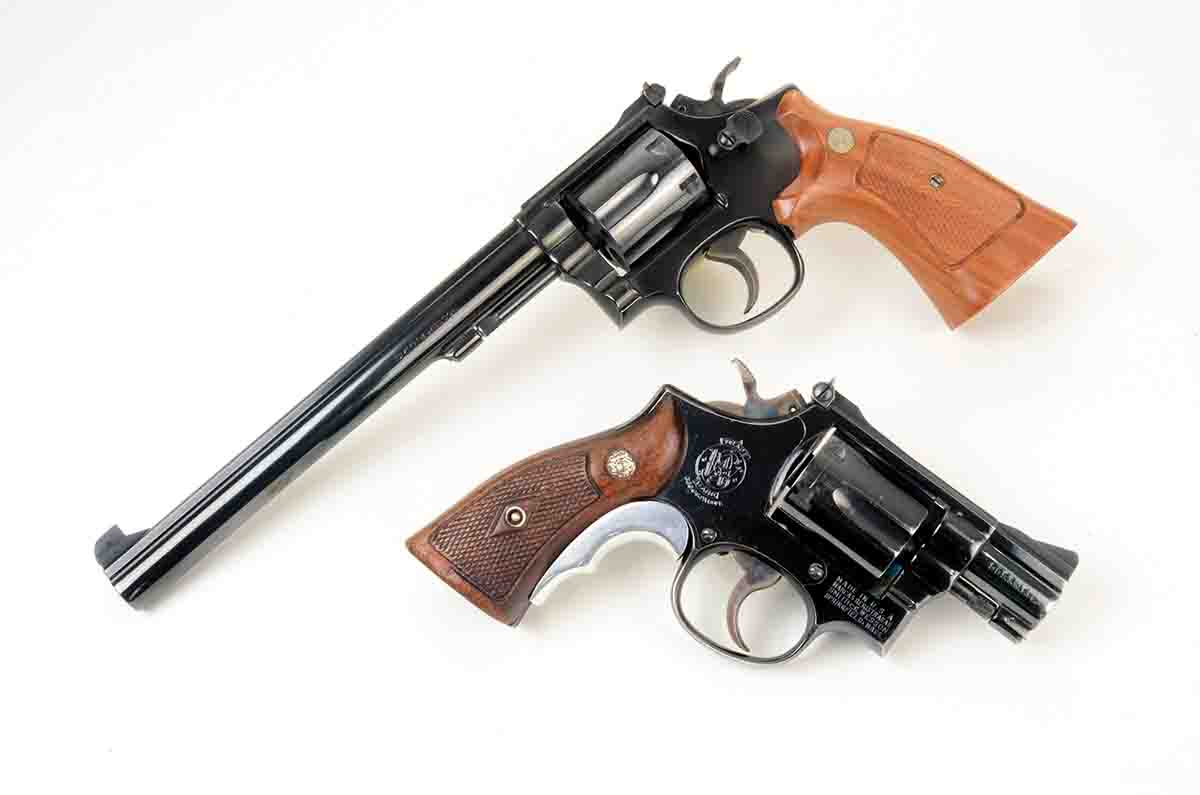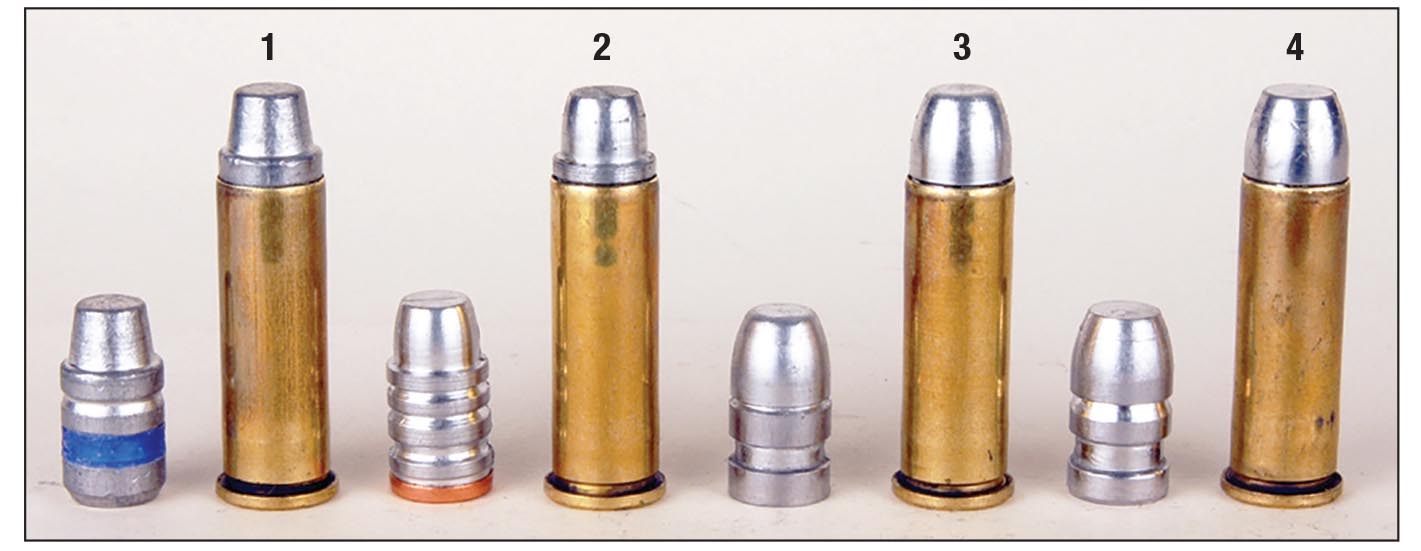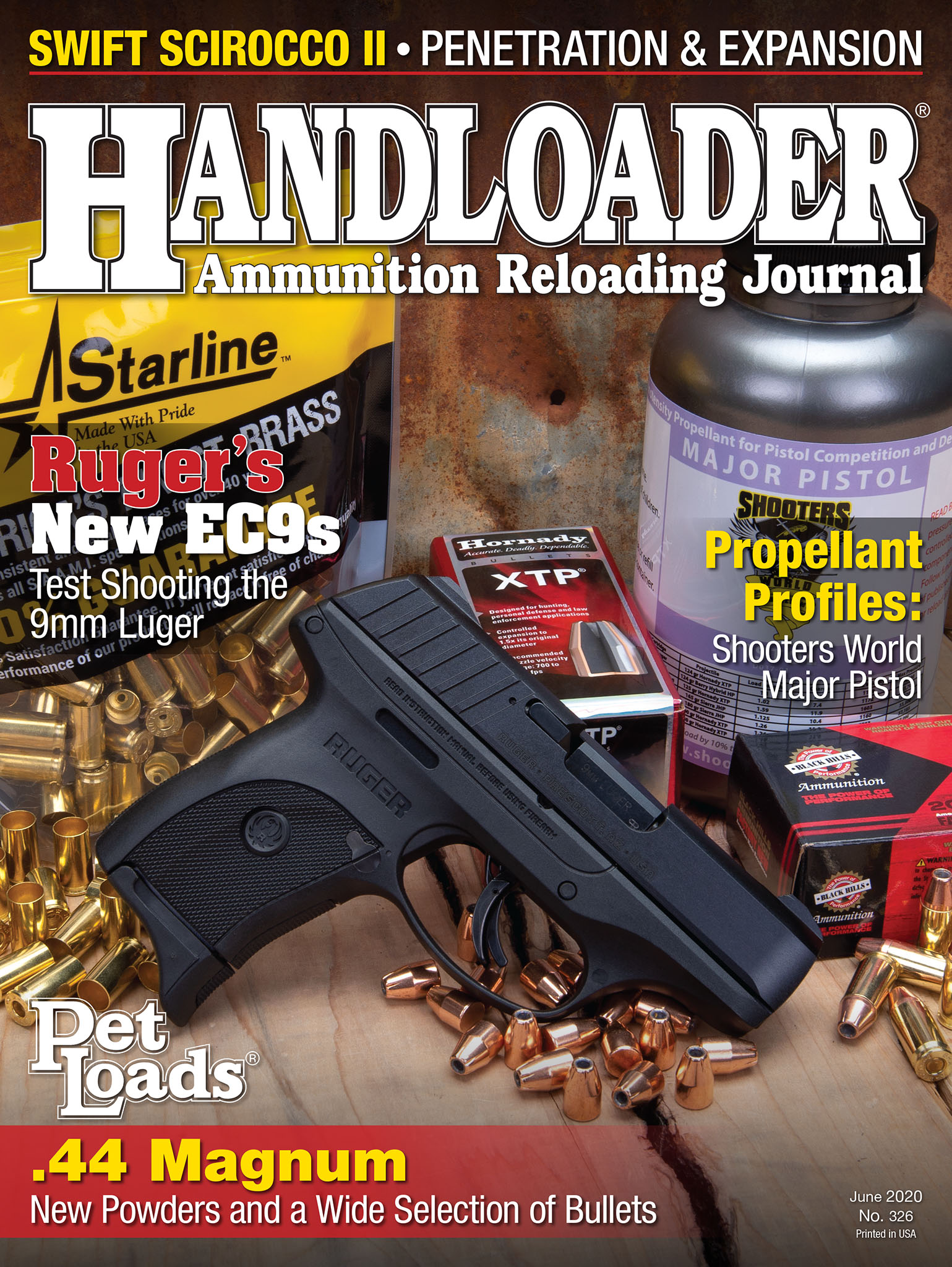Mike's Shootin' Shack
.38 Special
column By: Mike Venturino | June, 20

The .38 Special was introduced in 1899 in Smith & Wesson’s swing-out cylinder Hand Ejector. That revolver was based on the company’s K-frame. Eventually the chambering was added to small J-frames with five-shot capacity, and later to S&W’s large N-frame for a special high-pressure factory load. Colt quickly picked it up for its New Service, Official Police and Police Positive revolvers, although a point to remember is that regardless of frame size, Colt’s double-action .38 Specials were six-shooters. The SAA was also made in .38 Special in all three of its generations of manufacture.

Cartridge designers cannot predict the future of their brainstorms, but if the fellow who drew up specifications for .38 Special lived long enough, he must have been pleased by its acceptance. At one time or the other, the .38 Special and its Smith & Wesson and Colt revolvers were standard issue for virtually every law enforcement organization in the U.S. It rode in leather holsters worn by the most rural of American sheriff’s deputies to U.S. Army helicopter pilots flying in Vietnam.
The basic idea for the .38 Special was to improve performance of the 1870’s developed .38 Colt. The earliest .38 Colts used a .88-inch case with 130- to 150-grain roundnose (RN) bullets over 15 to 18 grains of black powder. In the 1890s, the .38 Colt was remodeled to a 1.03-inch case with 150-grain RN bullets and 18 grains of black powder. Soon the older version was dubbed the .38 Short Colt and the newer one became the .38 Long Colt. Bullets in the 1870’s version were heel-type with outside lube grooves. For the 1890’s remodeled version, bullet bodies fit inside cases with lube grooves covered and were hollowbase. However, revolvers chambered for all were marked .38 Colt.
When introduced by UMC, .38 Special was factory-loaded with black powder. However, by the end of 1899, a smokeless loading was also offered. UMC’s first loads contained 21.5 grains of black powder with 158-grain RN bullets. Case length was increased to 1.16 inches. According to the book U.S. Cartridges and Their Handguns 1798-1975 by Charles R. Suydam, the first .38 Special smokeless factory loads “probably” used 3.6 grains of Bullseye powder.
At this point, I need to make clear a distinction of .38 Special names. There were both .38 S&W Special headstamps and .38 Colt Special headstamps. If a revolver’s caliber marking included the magic word “Special,” then rounds with either headstamp were safe to fire. The only difference in those early factory loads was the S&W version used roundnose bullets and the Colt used flatpoint bullets.
Velocity was rated at about 850 fps. In 120-plus years of the .38 Special, most likely more variations of factory ammunition have been offered than for any other handgun cartridge. Bullets as light as 110-grain JHPs to 200-grain lead roundnose bullets have been cataloged. Included have been semiwadcutters, wadcutters, hollowpoints, jacketed hollowpoints, jacketed softpoints, full metal jackets and shot loads. (I killed two rattlers around my home in 2019. Both succumbed to CCI factory shot loads). The actual forerunner to the .357 Magnum (1935) was a high-pressure .38 Special factory load headstamped .38-44. It was meant only for .44 frame revolvers. In general terms, velocities for all factory loads have collectively ranged from about 700 fps to at least 1,200 fps. The U.S. military even issued .38 Special tracers intended for signaling by downed pilots.
In 1980, I stopped counting how many .38 Special handloads I’d assembled after the number 50,000 had been reached. At the most, a couple hundred of those were topped with jacketed bullets. All the rest had lead alloy bullets with at least 99 percent cast by myself. Alloy has ranged from fired bullets picked from backstops to foundry certified 1:20 (tin-to-lead) alloy. All of it shot well. What I’m aiming at here is that .38 Special revolvers are amazingly accepting of lead alloy bullets.
The only bullet lubricant I’ve used since 1986 has been SPG. Sizing diameters of .357/.358 inch are usually recommended, and I’ve mostly used the latter size. A little-known fact is that Colt .38/.357 Magnum barrels were .353/.354 inch across their grooves at least through the twentieth-century. Could be that bullets sized for them might work well at .356 inch. Since my .38 Special handgun assortment contains both S&W and Colt revolvers, I’ll stick with my tried-and-true handload recipes. (What new twenty-first-century Colt revolvers have for barrel specs, I do not know.)

Early on, Bullseye powder was the only propellant I could usually find locally, with an occasional can of Unique or 2400 appearing. To those, I’ve now added Titegroup, W-231, Universal, Accurate No. 2, Trail Boss and even Red Dot. For standard strength revolvers, Titegroup or Unique will safely give high velocities of about 900 fps from longer 6- to 83⁄8-inch barrels. Duplicating old .38-44 ballistics can be done with 2400, but of course those should only be fired in large size revolvers such as S&W N-frames, Colt New Service or Colt SAAs. Trail Boss is good for light, 700/775-fps practice loads in any size revolver.
I will wrap up with bullets. I’ve tried dozens of styles including some of the new coated ones. I can honestly say that I’ve never encountered a poor performing .38/.357 cast bullet IF IT WAS PREPARED PROPERLY in regard to casting, sizing and lubing. My start was with full wadcutters, moving up to semiwadcutters because gun writers told me to. Finally, on my own I decided that RN/FPs are best overall because they will also function well in leverguns.
Conversely, my all-time favorite .38 Special bullet mould has been a triple cavity one made by the long-defunct Lachmiller Company. I bought it in 1971 and still use it. It is for a 150-grain semiwadcutter. Whether you make them yourself or buy commercially cast or swaged bullets, likely they will perform well.
By no means am I qualified to give self-defense advice. However, many times I’ve been asked about purchasing a handgun for keeping in the home. Unless the questioner is apt to be an avid shooter I always say, “Get a quality-made double-action .38 Special. That’s what I keep by my bed.”


